
Wrack-lessly Managed
A beautiful, interactive version of this article is also available through Adobe Spark here.
_________
Southern California’s sandy beaches are not just a place to lay your towel and dip your toes in the ocean. Thanks to an abundance of wrack (stranded kelps and seaweeds) imported from nearshore kelp forests and reefs, as well as a productive coastal ocean, these dynamic ecosystems are some of the most biologically rich beaches in the world and support a range of socioeconomically and ecologically important functions and services. Although plants or algae are often the basis of many food webs, the constantly shifting intertidal sand of beaches make it nearly impossible for attached plants and algae to survive. Instead, a combination of tiny suspended phytoplankton (microscopic marine algae) and stranded wrack imported from the ocean provide the raw material that sustains thriving food webs on Southern California’s sandy beaches. On many beaches these food webs support diverse and abundant intertidal invertebrate communities that are well adapted to the shifting sands. Usually burrowed in the sand during the day, these highly mobile creatures include clams and sand crabs that feed primarily on phytoplankton in the wave wash, as well as upper shore species like beach hoppers, beach pillbugs, and beetles that feed on or are associated with the stranded wrack. All of these intertidal invertebrates serve as a food source for a variety of wildlife, such as shorebirds (including the federally listed Western Snowy Plover), surf zone fish, pinnipeds and even terrestrial reptiles, birds and mammals, including lizards, swallows, phoebes, raccoons and Channel Island Foxes. Wrack not only provides energy to the base of beach food webs, it also influences physical processes, promoting sand accumulation and retention that can buffer the effects of storms and sea-level-rise. You can learn more about sandy beach ecosystems at the Explore Beaches website.
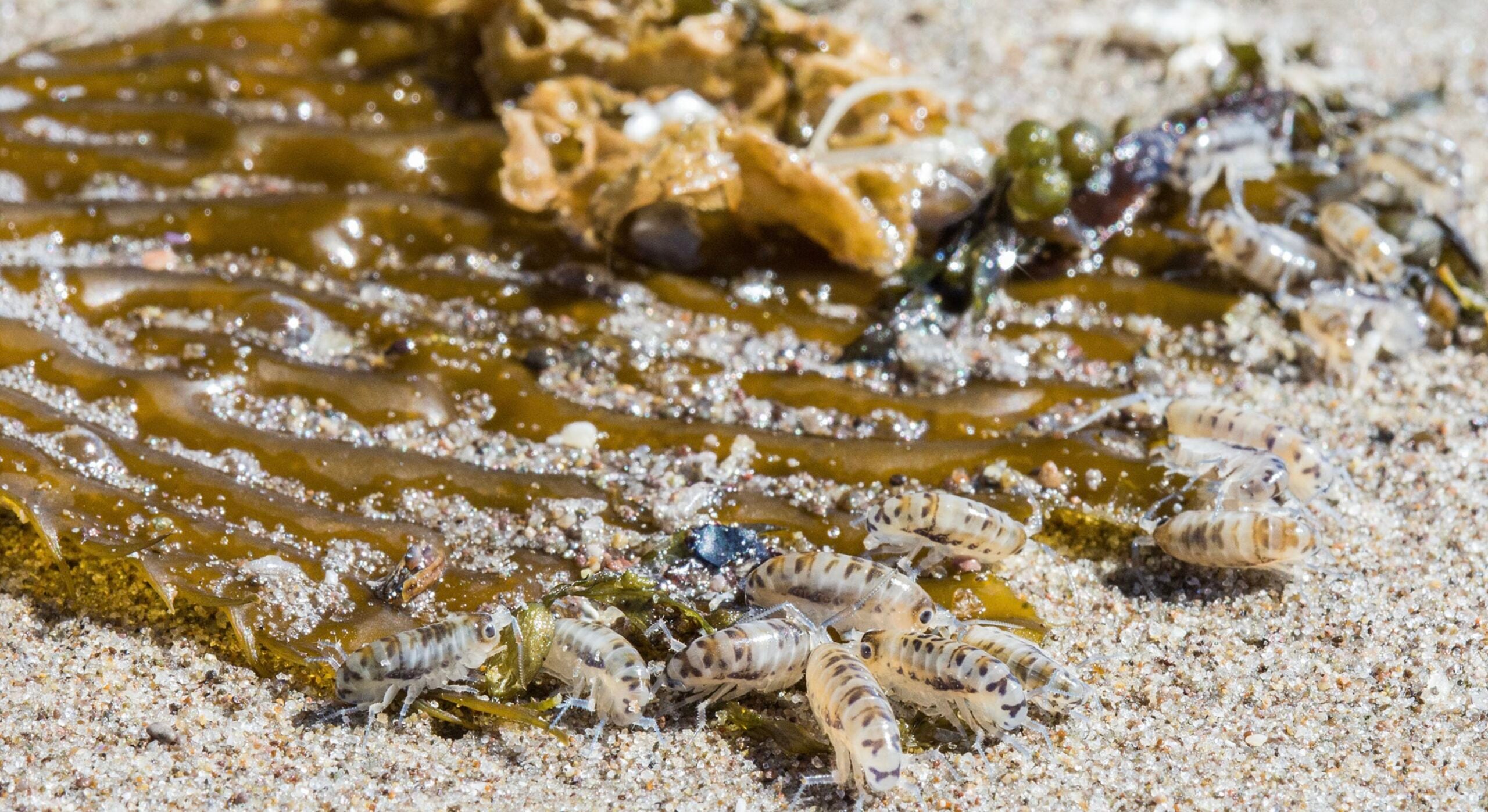
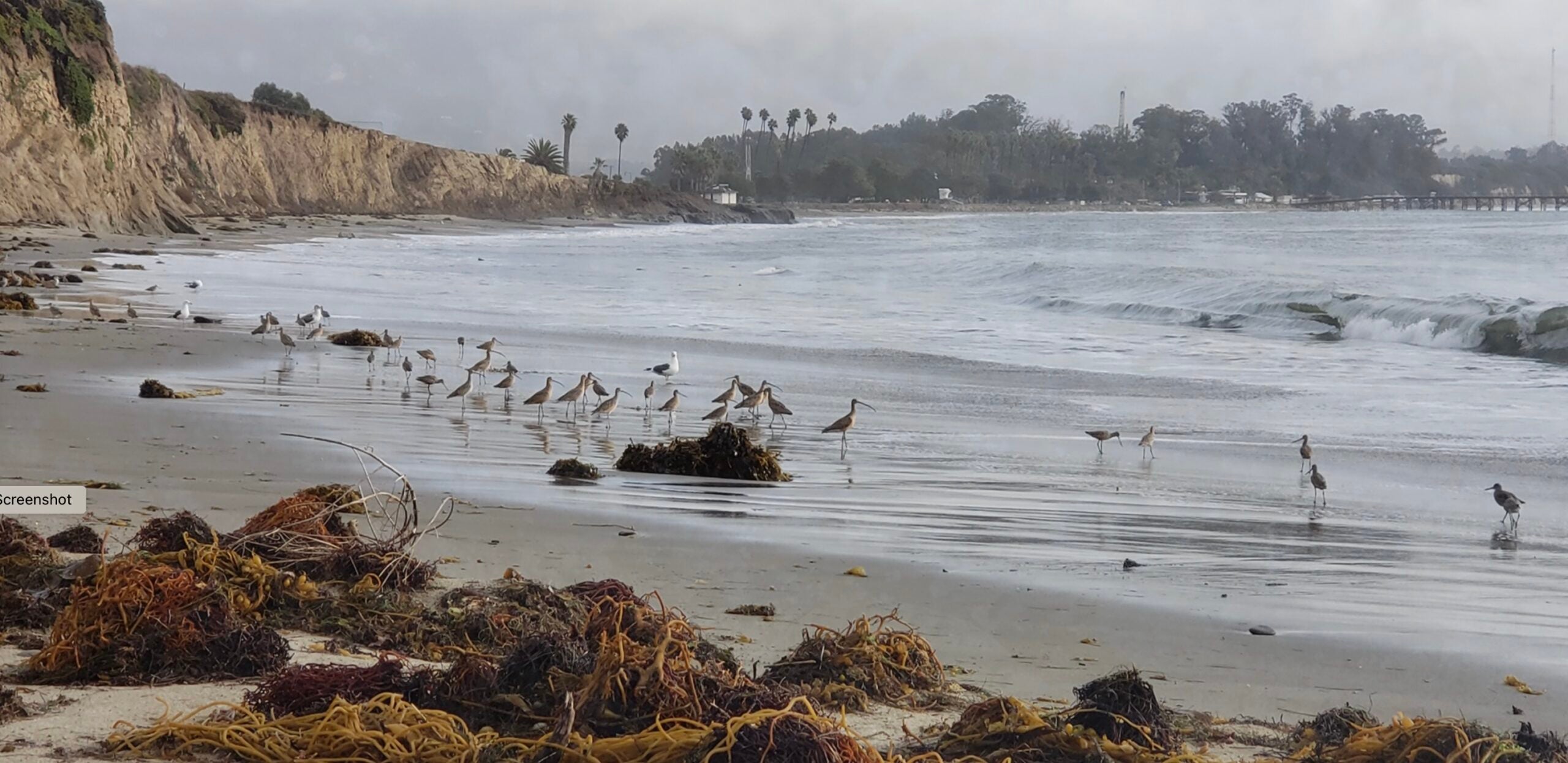
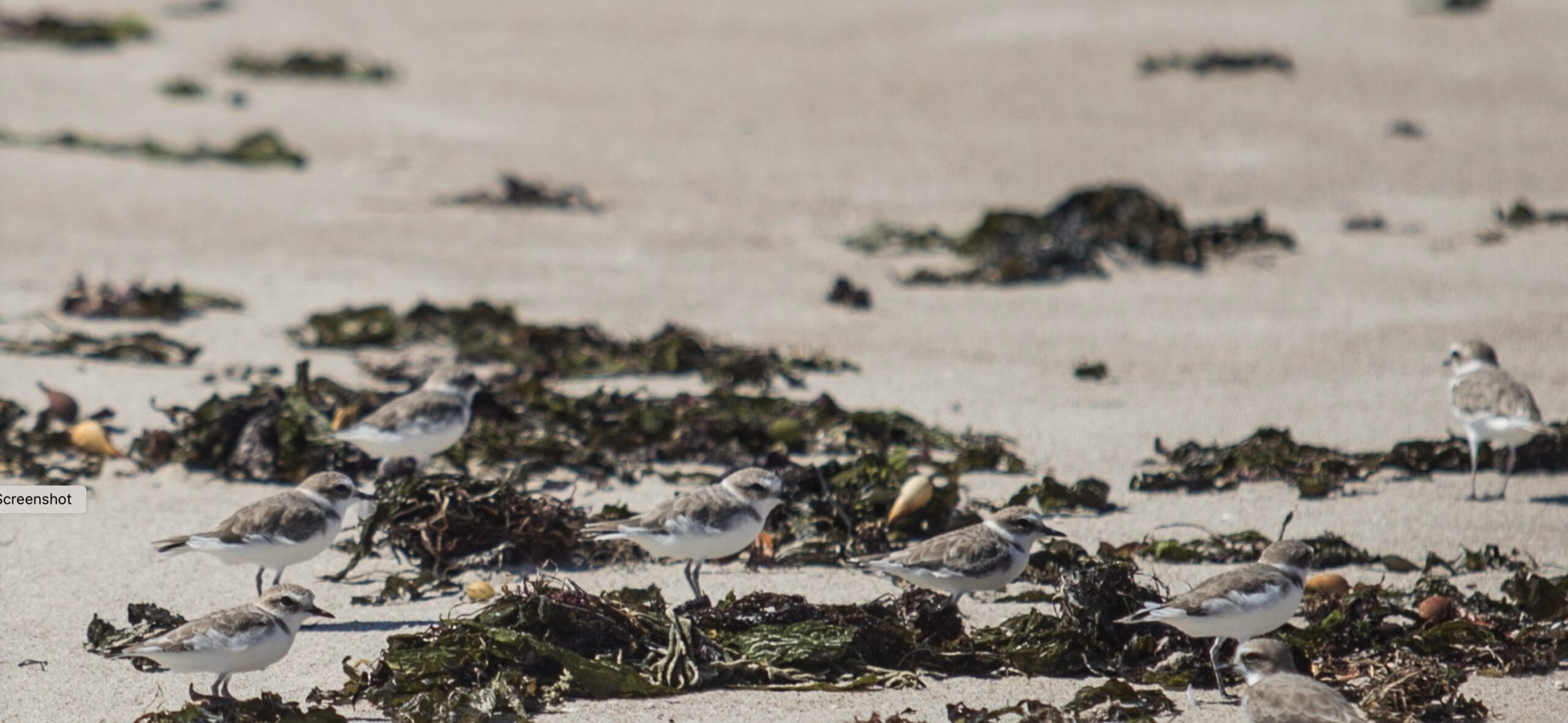
Despite a growing recognition of the role of wrack and invertebrates in the structure and function of sandy beach ecosystems, current management practices on California beaches that attempt to maintain an immaculate appearance for visitors and tourists in fact disrupt important ecological features and processes. Beach tourism and recreation contribute billions of dollars to the state’s economy each year, and two management practices, beach grooming (removal of trash and stranded kelp and seaweed) and beach filling (addition of new, often non-native sediment), have been widely used for decades to maintain and make beaches more appealing to visitors. A number of beaches are groomed with heavy equipment daily and some as often as twice a day. This means the frequency of disturbance to many beaches by these widespread activities is greater than any known farming or land management practice. These urban beach management practices dramatically transform beach habitat from its natural state and remove key resources like wrack, severely impairing the biodiversity and ecological functioning of sandy beach ecosystems and coastal food webs.
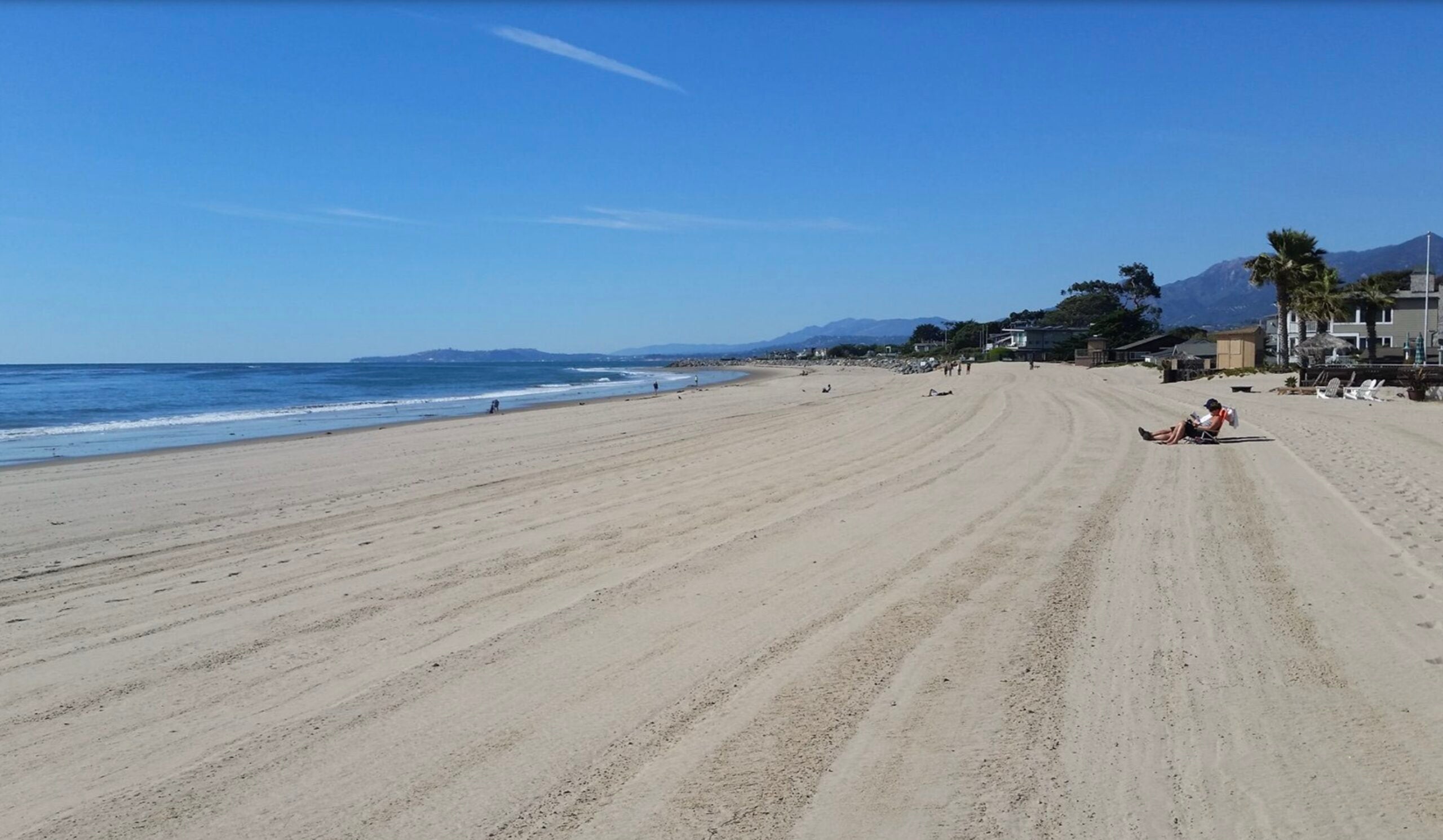
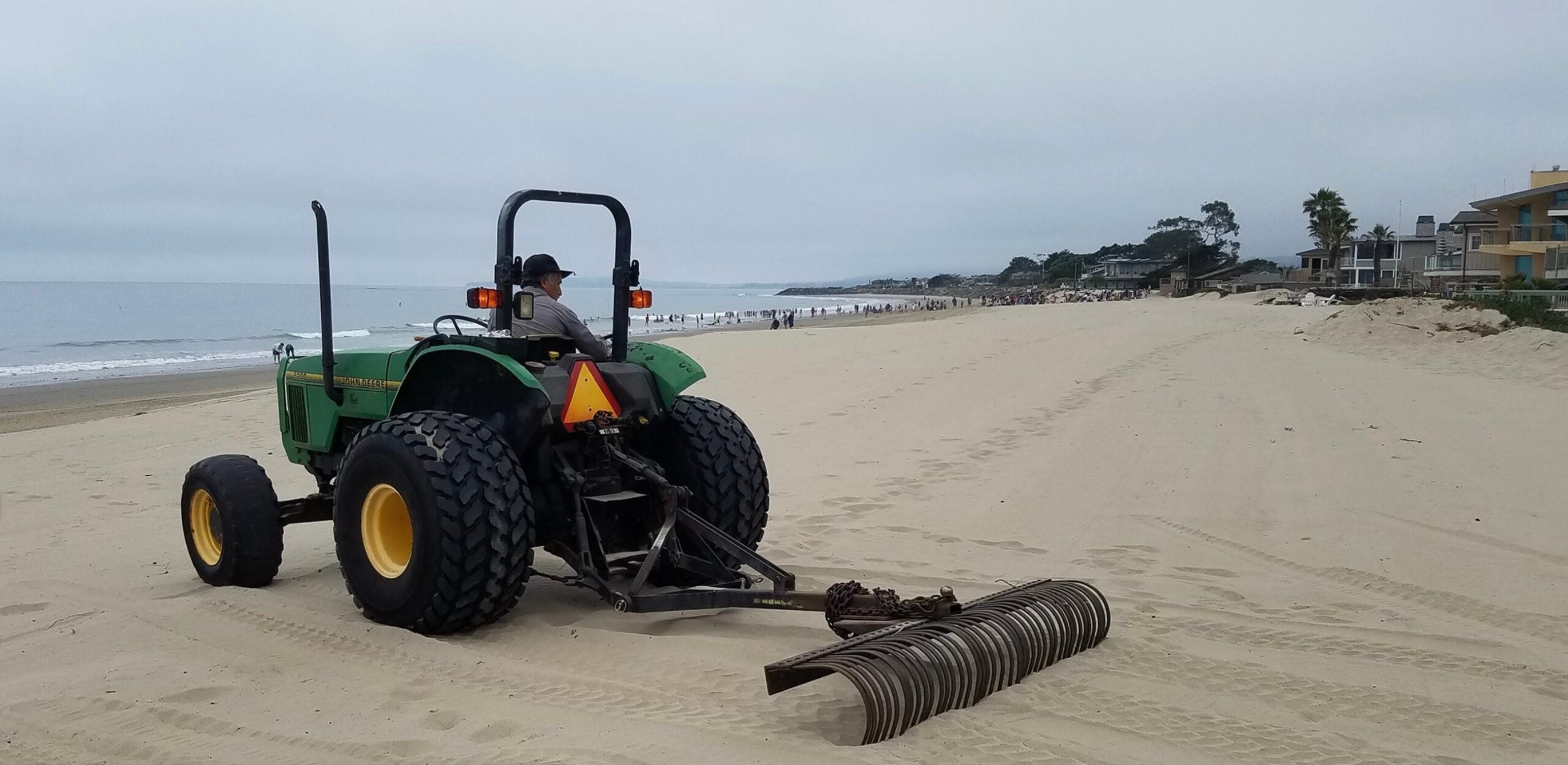
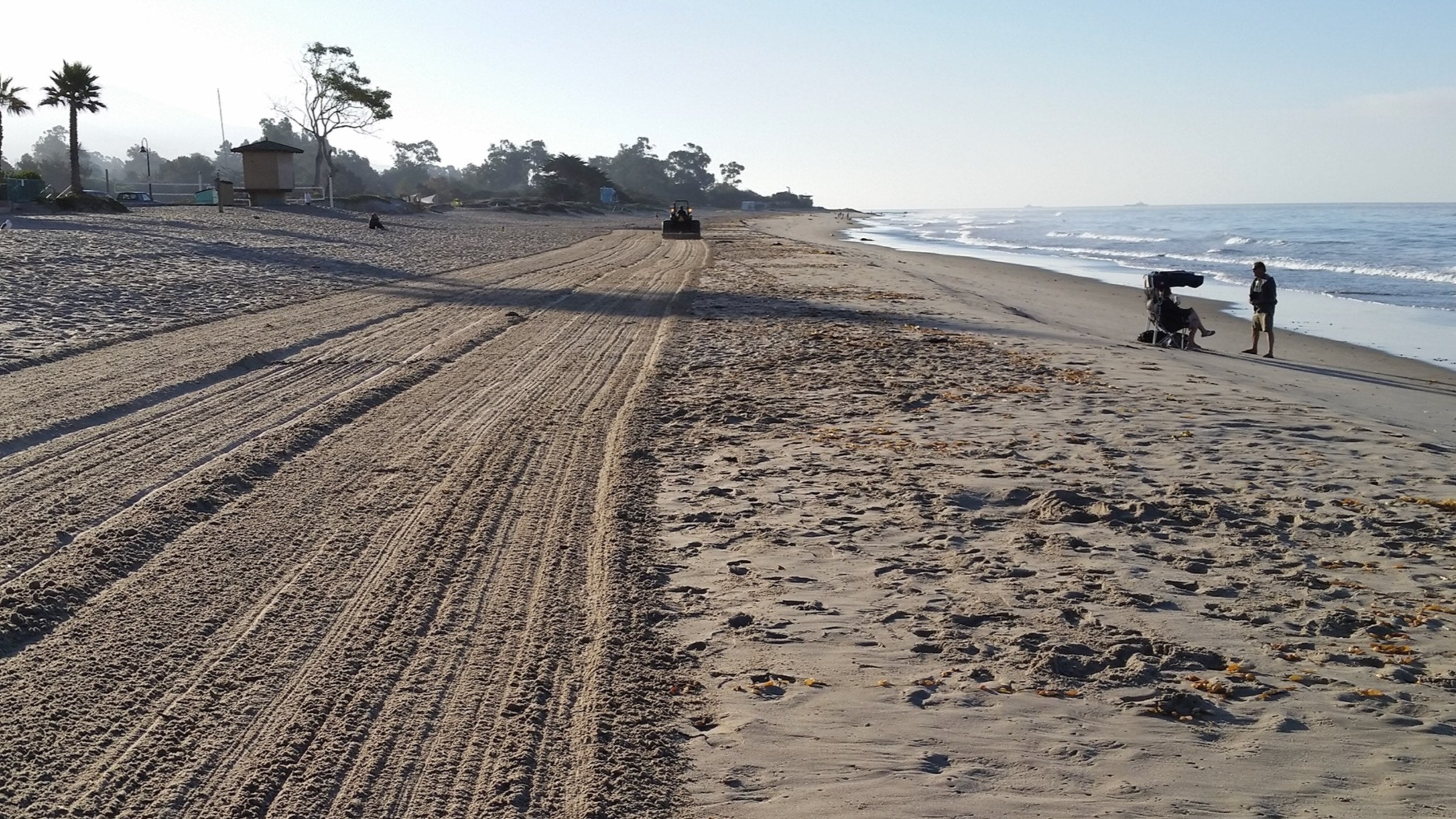
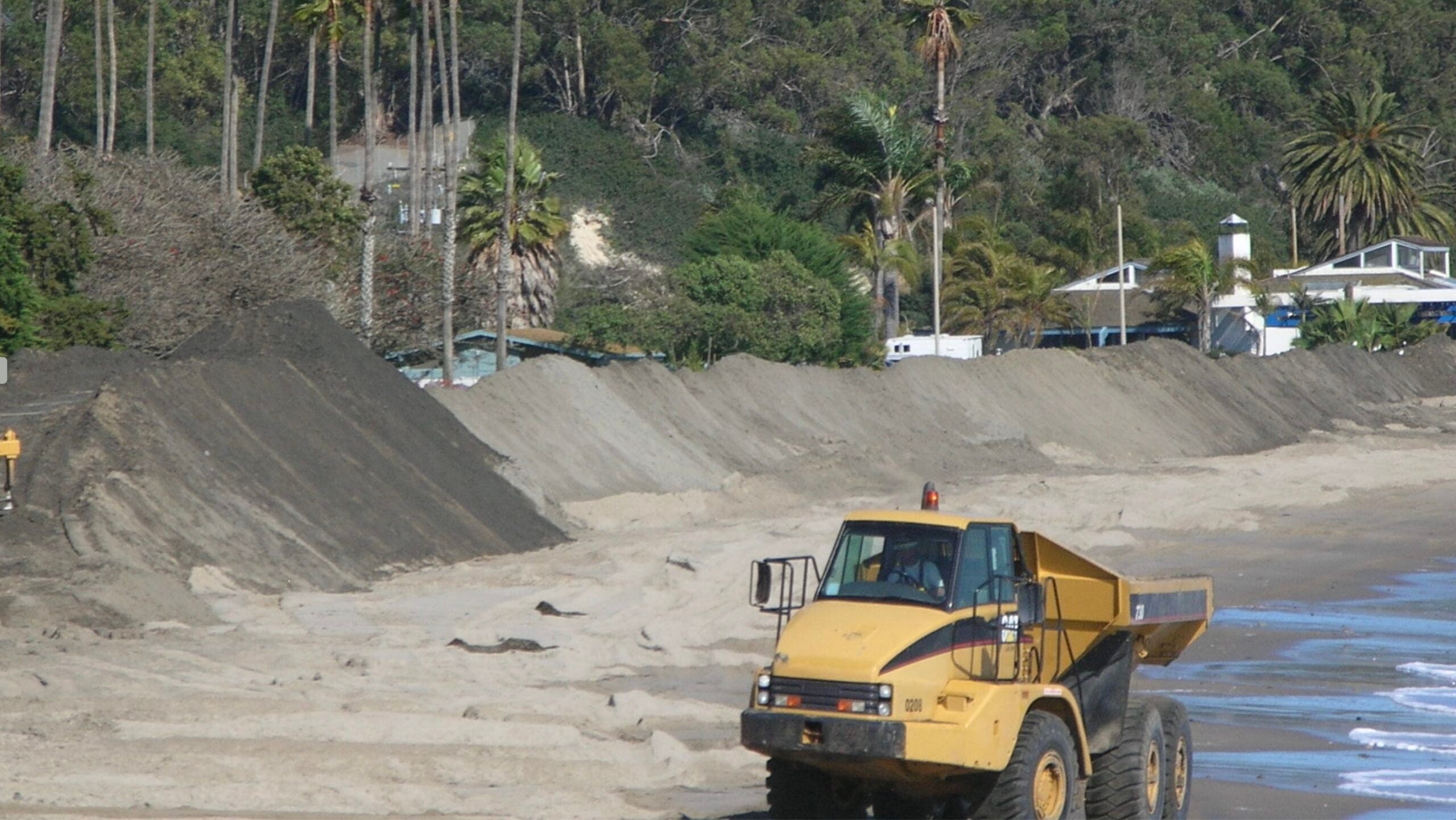
A new Sea Grant-funded ecological study that comprehensively investigated the impacts of these widespread intensive practices on sandy beaches, showed for the first time that the negative impacts from beach grooming and filling are apparent across the entire intertidal zone – extending from the dry sand where you place your beach towel to the swash zone where the waves wash over your feet. These impacts not only degrade the biodiversity and function of beach ecosystems but have the potential for regional scale impacts by homogenizing the intertidal invertebrate communities across large swaths of the Southern California coastline. Lead author Nicholas Schooler, along with coauthors Jenifer Dugan and David Hubbard of UC Santa Barbara’s Marine Science Institute, compared communities of intertidal invertebrates (such as endemic beach hoppers, beach pillbugs, beetles, clams, and sand crabs) on urban beaches (groomed & filled) with those on reference beaches from Santa Barbara to San Diego. They found that urban beaches have significantly reduced abundance (number of individuals: -88%), biomass (weight of all individuals: -63%), and diversity (number of species: -58%) of beach invertebrates. Wrack is an important source of food and habitat for many specialized intertidal macroinvertebrates and the study revealed that their populations declined by an average of 95% on urban beaches where wrack is actively removed via grooming. This result suggested high vulnerability of this important intertidal group of invertebrates to beach management impacts. Sand grain size was another key factor underlying differences in the communities of intertidal invertebrates between urban and reference beaches. Beaches with coarse, poorly sorted sand supported lower biodiversity at all intertidal levels. Coarse sand was characteristic of many urban beaches that are subject to beach filling where non-native sediments are often used. The combination of beach filling and grooming drastically changed beach habitat quality, potentially limiting the types and numbers of intertidal invertebrates that could survive at any tide level on urban beaches. This significant loss of intertidal animal life could affect the amount of prey available to birds and fish and other wildlife.

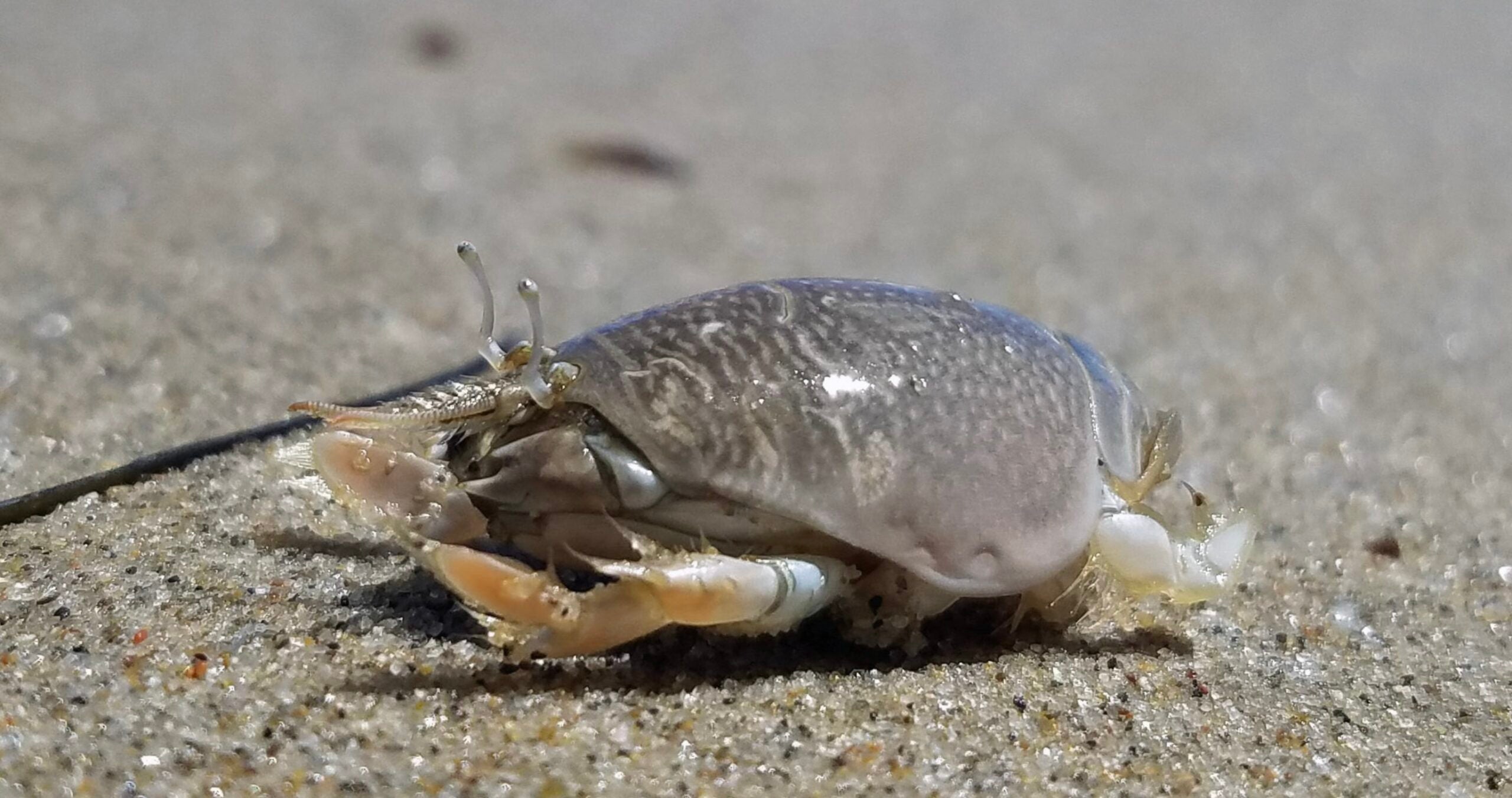
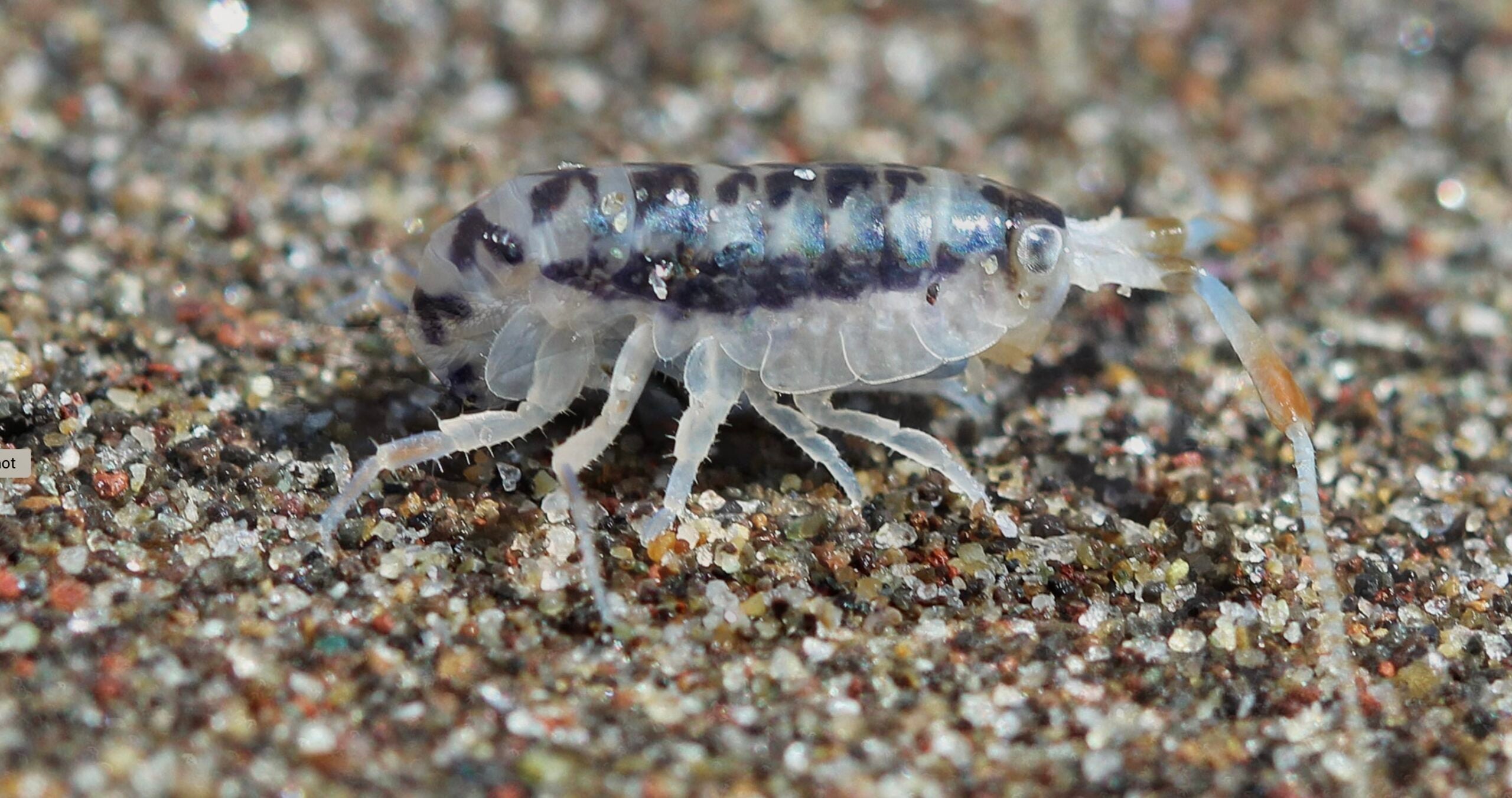

Destructive effects of beach grooming and filling on the biodiversity and abundance of beach invertebrates indicate that current beach management practices are detrimental to the heath and resilience of sandy beach ecosystems. However, a growing number of beach managers are receptive to balancing the needs of recreation and conservation. In Southern California, the Beach Ecology Coalition brings together beach managers and scientists to develop and promote best practices for managing beaches. These collaborative management efforts are increasingly important as recent projections show that two-thirds of Southern California beaches could disappear by the end of the century. Balancing economic and cultural interests with conservation of the unique biodiversity and ecological functioning of sandy beaches is critical for maintaining healthy and productive coastal ecosystems. In turn, healthy coastal ecosystems contribute intrinsic value and beauty to California’s natural environment. Groups such as USC Sea Grant that are dedicated to solving problems found in the “Urban Ocean” environment by connecting scientists and policy-makers are instrumental in addressing current and future coastal issues.